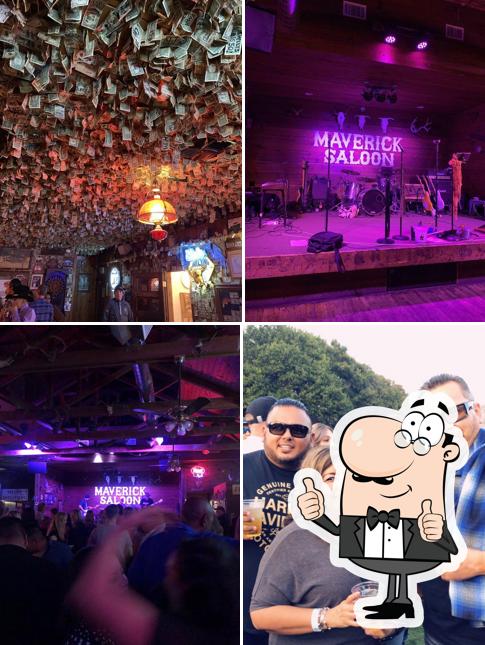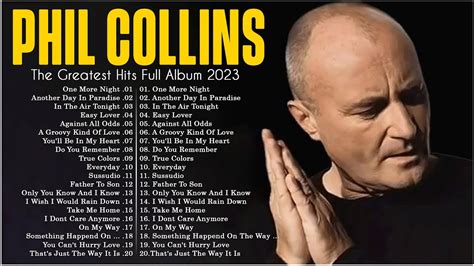The vibrant and meaningful celebration of Día de Muertos, or Day of the Dead, is a cherished tradition in Mexican culture, honoring the lives of loved ones who have passed on. This festive and Venerable holiday is a time for families and friends to come together, pay tribute, and welcome the spirits of the deceased back into their lives. At the heart of this celebration are the stunning and symbolic colors that adorn altars, decorations, and offerings, each carrying its own unique significance and story.
Introduction to Día de Muertos
Día de Muertos is observed on November 1st and 2nd, coinciding with the Catholic holidays of All Saints’ Eve and All Souls’ Day. However, its roots stretch back to the indigenous peoples of Mexico, long before the arrival of European colonizers. This ancient festival has evolved over time, blending pre-Hispanic traditions with Christian beliefs, resulting in a distinct and captivating celebration that is both a somber reflection on mortality and a joyous affirmation of life.
The Significance of Colors in Día de Muertos
Colors play a pivotal role in the decoration and symbolism of Día de Muertos. Each color is meticulously chosen for its specific meaning, contributing to the rich tapestry of the celebration. Understanding these colors offers a deeper insight into the essence and spirit of the holiday.
1. Orange and Marigold (Zempasúchil)
- Symbolism: The vibrant orange hue of marigolds, known as “flor de muerto” (flowers of the dead), is perhaps the most iconic and symbolic color of Día de Muertos. These flowers are believed to guide the spirits back to their families’ altars with their strong, pleasant scent and vibrant color.
- Meaning: Orange represents the sun and the cycle of life, signifying the warmth and light that guide the souls on their journey.
2. Purple
- Symbolism: Purple is associated with grief, Kings, and the afterlife. It represents the lavishness and grandeur of the afterlife, signifying the souls’ transition into a new realm.
- Meaning: This regal color adds a sense of luxury and importance to the altars, acknowledging the dignity and reverence due to the deceased.
3. Pink
- Symbolism: Pink is a color of joy and celebration, further emphasizing the festive aspect of Día de Muertos. It symbolizes happiness and the belief that death is not an end but a transition.
- Meaning: Incorporating pink into the decor signifies the welcoming of the deceased back into the family’s life, embracing their presence with love and happiness.
4. White
- Symbolism: White represents purity, innocence, and hope. It is often used in the form of candles, flowers, and other decorative elements.
- Meaning: White candles, for example, are lit to signify the light that guides the spirits home, while white flowers can represent the souls of children and the innocence of those who have passed.
5. Yellow
- Symbolism: Yellow symbolizes the sun and the light that leads the way for the spirits. It also represents the warmth and happiness of the family reunion.
- Meaning: YellowATEST decorations and flowers add to the festive and optimistic atmosphere of the celebration, highlighting the joy of being reunited with loved ones.
6. Red
- Symbolism: Red is associated with blood and the life force. It symbolizes the love and the bond between the living and the dead.
- Meaning: In the context of Día de Muertos, red signifies the ongoing connection between families and their deceased loved ones, emphasizing the enduring nature of love and respect.
Creating a Día de Muertos Altar
At the heart of Día de Muertos celebrations is the construction of elaborate altars, known as “ofrendas,” in honor of the deceased. These altars are decorated with the aforementioned colors, along with photographs, favorite items, and traditional foods of the deceased, to welcome their spirits back into the home.
Steps to Create an Altar:
- Choose a Location: Select a place in your home where you can create a peaceful and meaningful space for your altar.
- Use Multiple Levels: Traditionally, altars have multiple levels to represent the various levels of heaven and hell in the afterlife.
- Include Personal Items: Add personal items of the deceased, such as clothing, accessories, or favorite hobbies, to make the altar personal and meaningful.
- Traditional Foods and Drinks: Offer traditional foods like pan de muerto, tamales, and the favorite dishes of the deceased, along with drinks like hot chocolate or atole.
- Decorate with Colors and Flowers: Use the symbolic colors and flowers mentioned above to adorn your altar, ensuring that it is as vibrant and welcoming as possible.
- Light Candles: Candles, especially those in symbolic colors, are essential for guiding the spirits back home and symbolizing the light that guides them.
Conclusion
Día de Muertos is a celebration that transcends the boundaries between life and death, offering a profound and beautiful way to honor and remember those who have passed. The colors and decorations are not merely aesthetic choices but carry deep, meaningful symbolism that enriches the experience of this sacred holiday. By understanding and embracing these traditions, we can deepen our connection to our heritage and to those we love, whether they are with us physically or in spirit.
What is the significance of marigolds in Día de Muertos?
+Marigolds, or “flor de muerto,” are believed to guide the spirits back to their families’ altars with their strong scent and vibrant color, symbolizing the cycle of life and the sun.
How do you choose the right colors for a Día de Muertos altar?
+Each color in Día de Muertos has a specific meaning. Orange and marigold represent guidance and the cycle of life, purple signifies grief and the afterlife, pink represents joy, white symbolizes purity and hope, yellow signifies sunlight and warmth, and red represents blood and the life force. Choosing colors that resonate with your personal connection to the deceased or that represent the themes of the celebration can help create a meaningful altar.
What are some traditional foods and drinks to include in a Día de Muertos celebration?
+Traditional foods include pan de muerto, tamales, and the favorite dishes of the deceased. Drinks like hot chocolate and atole are also commonly offered. Including these items in your altar and during your celebration can help honor the deceased and continue cultural traditions.



